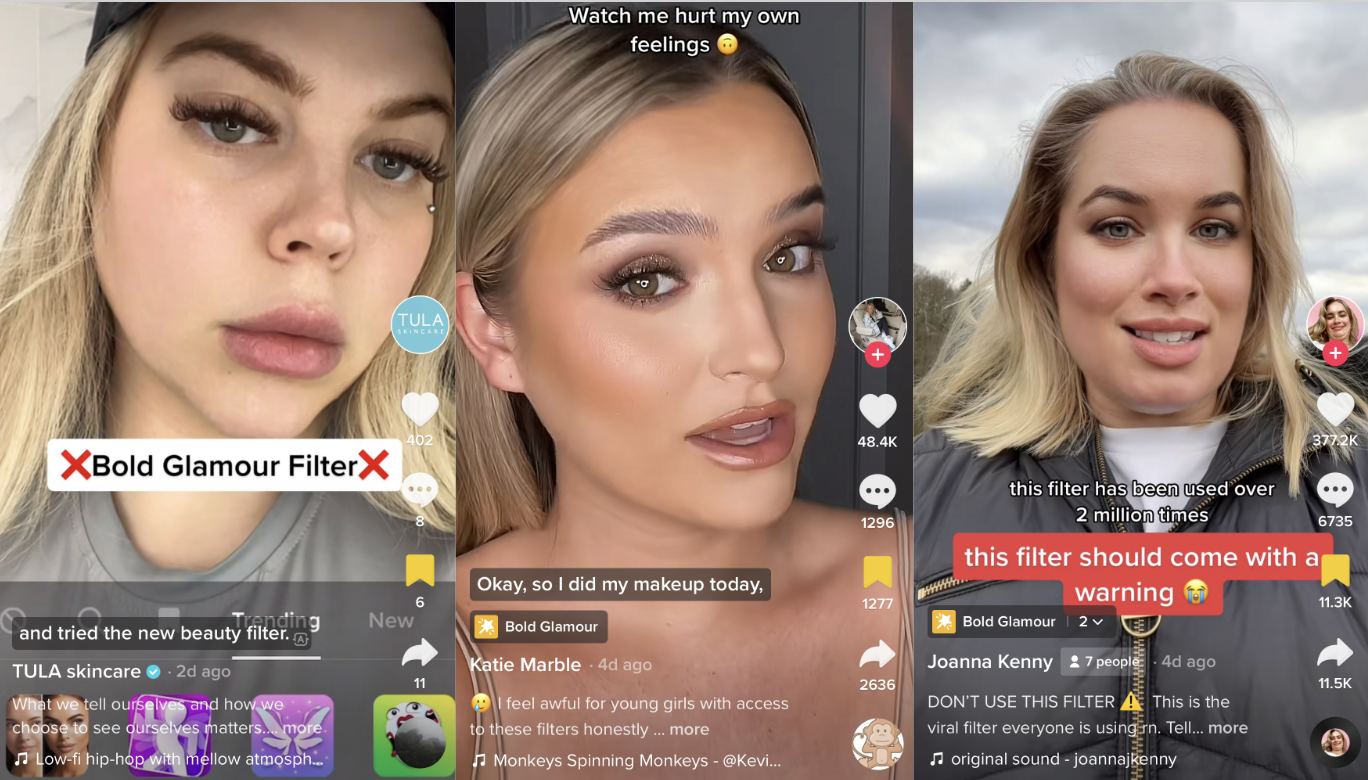What in the World Is ‘Garmenting?’ – WWD
The Museum of Arts and Design in Manhattan is gearing up for the first global survey of the phenomenon of garmenting.
The term refers to the use of clothing as a medium of visual art. Even guest curator Alexandra Schwartz isn’t exactly sure where “garmenting” comes from. She first heard the term from the artist Saya Woolfalk, whom she did a solo show with about 10 years ago. “She wasn’t sure exactly where it came from, either. She uses it to talk about her work. When we were talking about a title for the [MAD] show, I asked her if it would be OK if we used her term. She said sure,” Schwartz said. “It works quite well to describe this phenomenon.”
Woolfalk’s use of dress to talk about issues of hybrid identities and cultural differences was an inspiration for the show, as well as Schwartz’s previous junior curator experience at MoMA working on a Louise Bourgeois exhibition that incorporated work the artist had made with old clothing. “Then I just started seeing a lot of artists use garments all over — in museums, at art fairs. It hadn’t really been theorized or historicized except for a few small exhibitions.”
“Garmenting: Costuming as Contemporary Art” will be on view March 12 through Aug. 14 at the museum. Work from 35 well-established and on-the-rise artists will be featured, including a few that will be showing in the U.S. for the first time. Each has made or altered apparel to create garments, sculpture, installation and performance art. In addition to Woolfalk, Mary Sibande, Zoe Buckman, Yinka Shonibare, Jeffrey Gibson, Nick Cave and Jacolby Satterwhite are among the artists who will be spotlighted.
“Artists today are thinking in all different terms, using all sorts of mediums and are thinking across disciplines. I’m interested in this breakdown of the lines between art and fashion, art and design. It’s especially topical now because so many artists are looking to their personal and cultural histories, and how dress figures into those,” Schwartz said.
Zoe Buckman’s “Every Curve” installation from 2016.
Courtesy of MAD
The aim is to use apparel as a means to examine issues of subjectivity, identity and difference. The work will be showcased in five themes: functionality, gender, activism, cultural difference and performance. Sibande’s life-sized “Domba Dance” piece is a favorite of Schwartz’s. Another standout is a hoodie covered in silk flowers, rhinestones, sequins and jewelry by Devan Shimoyama that is a tribute to Trayvon Martin, the 17-year-old Black teenager who was wearing a hoodie when he was fatally shot by George Zimmerman in 2012.
“Devan Shimoyama is a multiracial artist and he, as many people were, was very distraught about the Trayvon Martin murder,” Schwartz said. “…Shimoyama has taken a found hoodie and the flowers, sequins and other embellishment refer to how there are these impromptu memorials that spring up all over the world, where people bring bouquets, candies, etc. He is using them and putting them together in this very moving and poignant work.”
Acknowledging how fashion exhibitions are increasingly telling much larger messages than apparel, Schwartz, an art historian, said: “In art museums, at least, there’s a sense that given what’s going on in the world, curators and other museum professionals really want to engage in that and help people process what’s going on to create exhibitions that people can relate to, and touch their lives or make them look at their lives in a different way. Something that has been an encouraging byproduct of the pandemic has been seeing how much people really need art and design and something bigger than themselves to help make sense of what’s going on.”
Curators’ “greater urgency” to engage in bigger issues comes down to “trying to relate art to our everyday lives and experiences, which right now include what’s happening politically, the suffering and isolation caused by COVID-19” and social justice issues, Schwartz said.
“The Domba Dance” by Mary Sibande.
Courtesy of MAD
Well aware of the intersection between art and fashion and the plethora of artist and fashion designer collaborations, Schwartz said: “Artists are looking to fashion and designers are looking to art. All of these disciplines are just becoming much more intertwined than they have been recently. Although there is historical precedence for that, too, of course.”
Schwartz wonders if the onslaught of collaborations will reach a breaking point. Questioning how much of that is a trend, she said: “Certainly, there are commercial benefits to be reaped by everyone. In broader strokes, art and fashion are so intimately intertwined and have always been.”
Interested as Schwartz is in the serious historical issues that clothing addresses, she noted that online shopping and fashion provide a respite. “I’m also very glad to have some relief and fun through fashion.”







